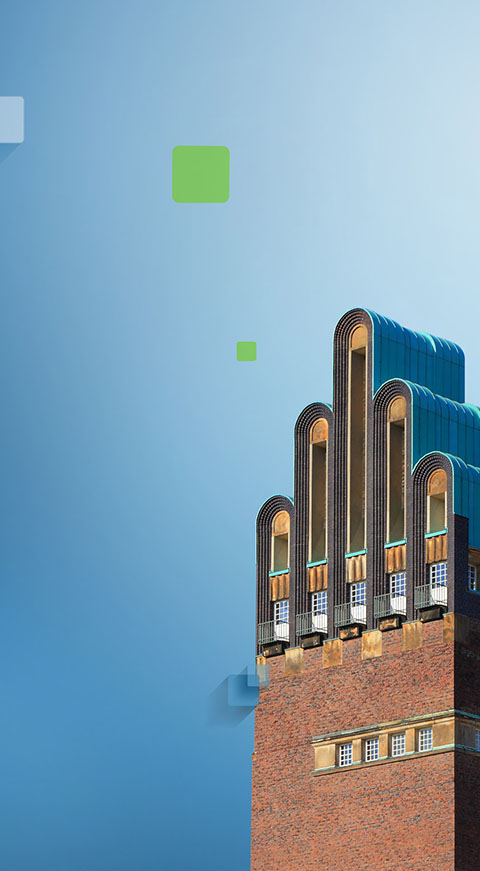
Data is the raw material of the 21st century. The ability to process data is therefore essential for future viability. For cities, this means that they have to collect and evaluate data – even beyond the administrative work for its residents.
Urban data processing will then be an important driver of urban development in all its sectors and, in this role, just as interesting for urban planners as the local economy, for example. Members of the latter group were invited to the ‘table’ by the Smart City on 25 November 2021. Letztere wurde am 25.11.2021 von der Digitalstadt zu Tisch gebeten.
Recording the latest data quickly
More than 45 entrepreneurs from Darmstadt and the surrounding area came together for the Smart City Round Table online event. The central point of discussion was the Darmstadt data platform. It has been online since the beginning of 2021 and presents data about the city in graphs that are quick and easy to understand. The latest traffic volumes can be viewed at https://datenplattform.darmstadt.de as well as data on air quality and the latest coronavirus case figures. And this is just the beginning. The data platform is currently being developed intensively and many other applications and graphics are possible. What might be relevant for business representatives was discussed at the round table.
Boosting cooperation
Die Datenplattform erfülle gleich mehrere Aufgaben, so David da Torre, Geschäftsführer der Digitalstadt Darmstadt GmbH und Projektleiter der städtischen Datenplattform. Sie stelle nicht nur die Zusammenhänge von einzelnen öffentlichen Datensätzen her, wie beispielsweise die visualisierte Veränderung von Umweltqualitätsdaten durch das Verkehrsaufkommen; die Datenplattform vernetze darüber hinaus die Akteur:innen hinter den Daten. „Was das bedeutet, äußert sich in der vereinfachten und schnelleren Kommunikation und effizienteren Abläufen der Inter-Amt-Arbeit“, so da Torre weiter. „Wir generieren nicht mehr einfach nur Daten in Darmstadt, sondern wir setzen sie in Kontext zueinander, verarbeiten sie, werten sie aus und erhalten dadurch neue oder vertiefte Erkenntnisse zu stadtplanerischen Fragestellungen. Die Datenplattform entwickelt sich damit zu einem Herzstück der Digitalstadt Darmstadt.“
The platform is still in its infancy. This is because a whole range of use cases are not yet visible, but are currently being worked on. After all, the platform will have numerous themed cockpits that provide an even more comprehensive insight into a particular topic. For example, the topic of the energy transition should soon be ready for examination: a graph will display real-time energy consumption broken down into private households, municipalities and industry. Another graph will show the share of renewables in 15-minute intervals, and there will be map views with information on charging-station infrastructure, public transport capacities, sharing offers and much more.
More information thanks to more cockpits
In other words, the urban data cockpit has so much potential that it can also enrich the local economy. As a result, the participants shared many use cases that they would like to see online. Mobility was one of the main points. Parking space utilisation, route situations and green mobility were mentioned, as was park-and-ride in connection with multimode transport services. Infrastructure and buildings were another topic, such as data on the housing and rental situation as well as information on structural elements of the urban area, such as the number and location of trees, construction sites and solar cells.
By the end of the evening, the hosts of the round-table discussion – the House of Digital Transformation e.V., IT FOR WORK e.V. and Digitalstadt GmbH – were delighted with the great response to the platform: ‘We hope that the Smart City’s information processing of urban data will be a valuable advantage for Darmstadt as a business location, allowing it to continue to grow and flourish.’

